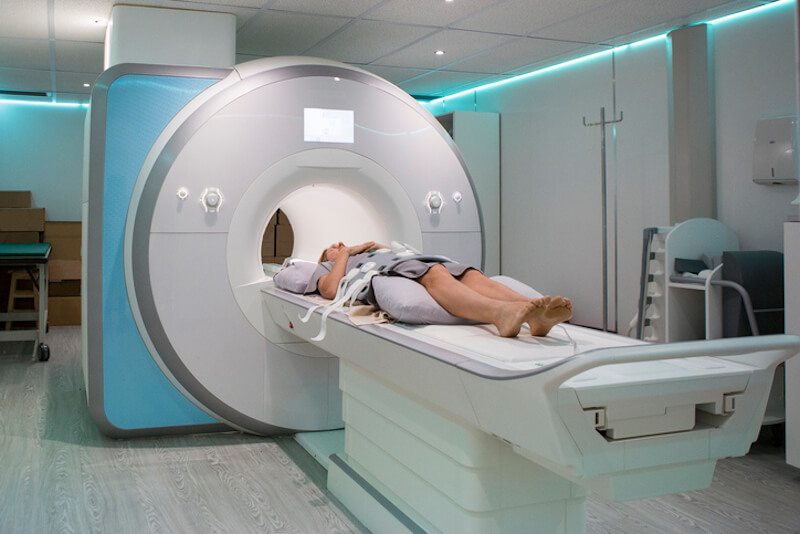When it comes to diagnosing certain medical conditions, doctors often utilize advanced imaging techniques to gain a better understanding of what’s happening inside the body. One such tool is Magnetic Resonance Imaging (MRI), which provides detailed images of internal structures. In this blog, we will explore the various reasons why a doctor may order an MRI, the benefits it offers, and how it helps in accurate diagnosis and treatment planning.
1. What is an MRI?:
Before diving into why doctors order an MRI, let’s first understand what it entails. Magnetic Resonance Imaging is a non-invasive imaging technique that uses a powerful magnetic field and radio waves to generate highly detailed images of the body’s structures. Unlike X-rays or CT scans, MRI does not involve ionizing radiation, making it a safe option for patients.
Also, Read- Slim and Sassy: Ace Your Weight Loss Game
2. Detecting Soft Tissue Abnormalities:
One primary reason why doctors order an MRI is its ability to provide exceptional clarity in visualizing soft tissues. MRI is particularly useful in diagnosing conditions that affect the brain, spinal cord, joints, muscles, and organs like the heart, liver, and kidneys. It helps identify abnormalities such as tumors, inflammation, infections, and structural issues that may not be as easily visible with other imaging modalities.
3. Evaluating Neurological Disorders:
MRI plays a crucial role in evaluating and diagnosing various neurological disorders. It helps in detecting brain tumors, multiple sclerosis (MS), strokes, aneurysms, and other abnormalities in the brain and spinal cord. The detailed images provided by an MRI can help determine the location, size, and characteristics of these conditions, aiding doctors in making accurate diagnoses and developing appropriate treatment plans.
4. Assessing Joint and Musculoskeletal Conditions:
For patients experiencing joint pain, MRI can provide valuable insights. It allows doctors to assess conditions like arthritis, ligament tears, cartilage damage, and herniated discs. The ability to visualize soft tissues and the surrounding structures helps doctors determine the extent of the injury or damage and decide on the most suitable treatment options, such as physical therapy, medication, or surgery.
5. Uncovering Abdominal and Pelvic Abnormalities:
When it comes to the abdomen and pelvis, MRI can provide detailed images that help identify various conditions. It assists in diagnosing issues with the liver, gallbladder, pancreas, kidneys, reproductive organs, and gastrointestinal system. Doctors may order an MRI to evaluate tumors, cysts, infections, inflammation, and abnormalities in these areas. The comprehensive visualization allows for accurate diagnosis and guides appropriate treatment strategies.
6. Pre-surgical Planning and Post-treatment Monitoring:
In addition to diagnosis, doctors use MRI for pre-surgical planning and post-treatment monitoring. The detailed images obtained through MRI assist surgeons in determining the exact location and extent of abnormalities, aiding in surgical precision. After treatment, regular MRI scans can track the progress of therapy, assess treatment response, and detect any potential recurrence or complications.
Conclusion:
Magnetic Resonance Imaging (MRI) is a powerful diagnostic tool that plays a crucial role in modern medicine. By providing detailed images of internal structures, it enables doctors to accurately diagnose and treat a wide range of conditions. From detecting soft tissue abnormalities to evaluating neurological disorders, joint and musculoskeletal conditions, and abdominal and pelvic abnormalities, an MRI offers valuable insights for healthcare professionals. If your doctor recommends an MRI, rest assured that it is a safe and effective method to gain a deeper understanding of your health and guide appropriate treatment decisions.








